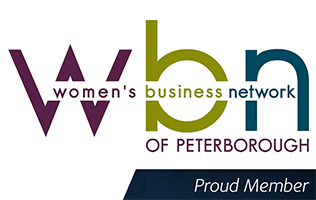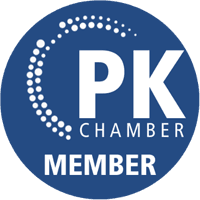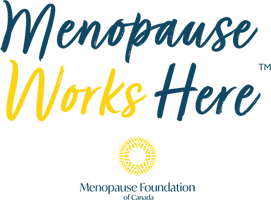Platelet Rich Fibrin (PRF) is a second generation PRP and a remarkable advancement in the regenerative medicine field, offering a plethora of benefits for patients seeking a natural approach to healing. Derived from a patient's own blood, PRF is a gel-like substance rich in platelets, growth factors, and fibrin, which play crucial roles in tissue repair and regeneration. PRF treatment is versatile and can be utilized in various medical and dental domains. It is often used to expedite the healing of wounds, improve skin and hair rejuvenation, and aid in the recovery of various orthopedic conditions including joint and tendon injuries.
The beauty of PRF lies in its ability to provide a biological boost to the body's innate healing capacity, all while minimizing the risk of allergic reactions or infections since it's derived from the patient's own blood. Through harnessing the natural healing constituents of the blood, PRF opens new doors to enhancing patient care and recovery across a broad spectrum of treatments.
In PRF no anticoagulants are added which allows a naturally form of spongy fibrin matrix that signals the platelets to release their growth factors gradually and extended release of growth factors by platelets and leukocytes entrapped within the fibrin matrix in PRF provide long-lasting results.









